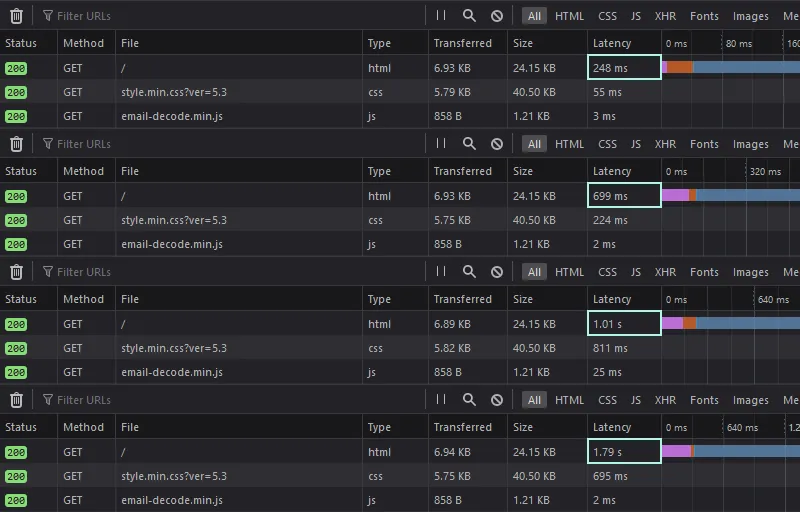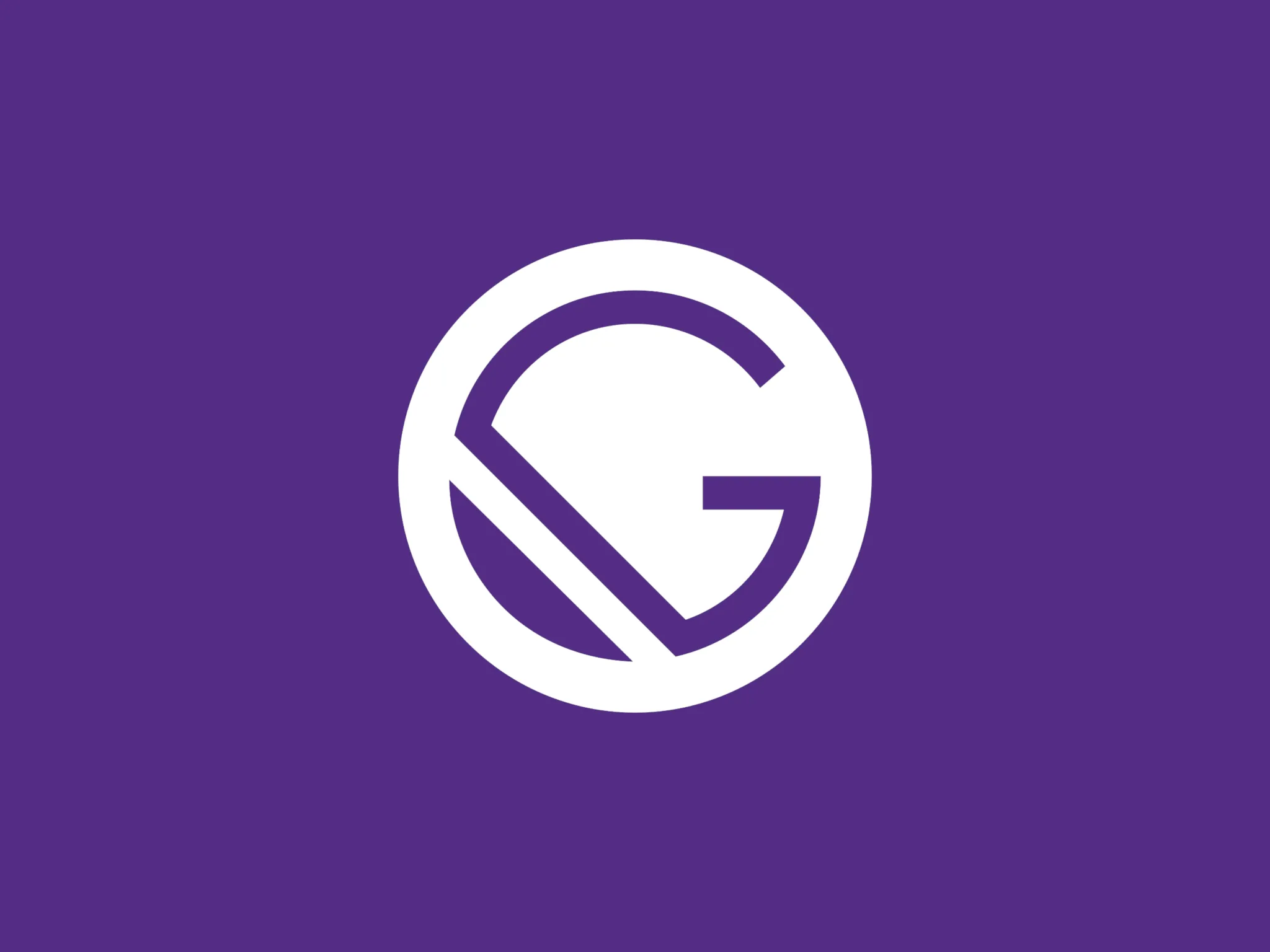Tech
Why I Moved from WordPress to GatsbyJS
Gatsby and WordPress couldn’t be more different. Full comparisons between the two are available online, but, in the end, solutions are on a per-case basis. So, what made me switch?
First is the performance
Performance has always been one of Gatsby’s main selling points. Thanks to its build-time rendering, every page is static, which means that the server can stream HTML without having to run any code to generate it.
While it’s true that one can reach comparable results through the means of a sound caching system and WordPress too, the latter can’t keep up with the ease of distributing static content via a CDN, as the former does.
With my previous website, the further you were from the server location (Italy), the higher the latency was. From 200 milliseconds, up to 1.5 seconds. The same doesn’t apply to globally distributed content. I’ve collected some of the measurements in the picture below. From top to bottom: Frankfurt 248ms, Washington DC 699ms, San Francisco 1.01s, Sidney 1.79s.

Then, the developer experience
Gatsby’s developer experience is outstanding. Pulling data from multiple sources is as easy as it gets; composing pages is stress-free; every single line of code finally seems to make an impact.
Even though I’m aware that a developer’s whine is not enough to migrate an entire code base to the new shiny option, we are now scouting hobbyist territory. Given the complete overhaul the website underwent, this alone would’ve been a valid reason to me.
However, for the sake of constructiveness, I’d argue that a more pleasant developer experience often translates to higher productivity as well, and even when it doesn’t, it surely boosts the morale of the team. Both of those points hold real business value, which in turn signifies that developer experience may not be a whine after all.
Last but not least, the hosting fees
Before the migration, Altervista—a free shared hosting service based in Italy—used to host my website. As much as I liked their service, they weren’t immune to my previous points. This called for a change.
Turning a dynamic site into a globally available one can be costly, and that price is not justifiable in the light of cheaper—at times free—alternatives, such as Netlify.
Unless you are planning to frequently update your website or to stay local, you’re better off with a static website than with a WordPress one.
Conclusion
In the end, this project has been a valuable journey. Traditional CMSs are not a universal solution, and the JAMStack is now, more than ever, a compelling choice.
Thank you for reading.
